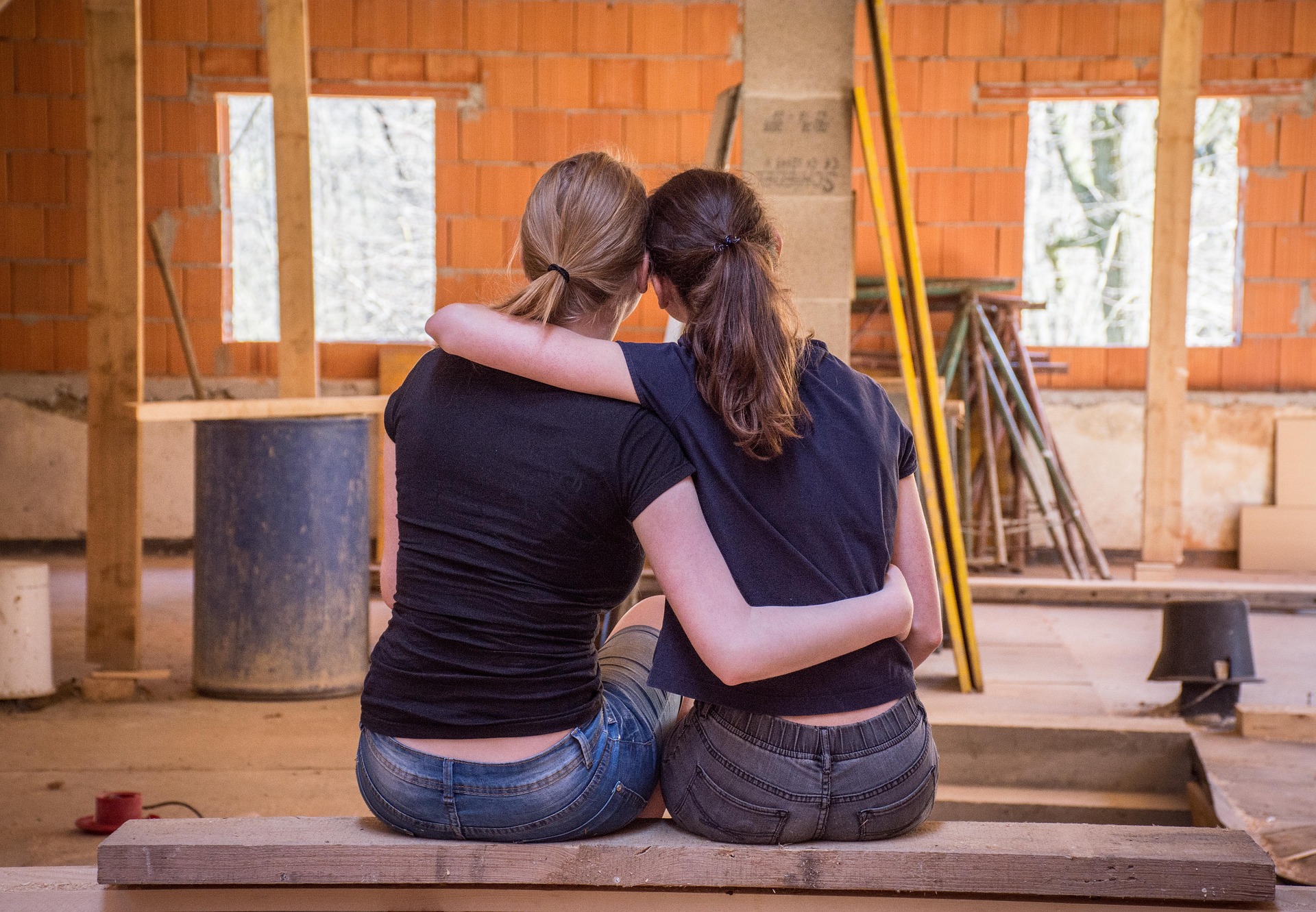The Emergence and Significance of Intentional Communities
In recent years, a new societal trend has begun to emerge, one that harks back to the cooperative living practices of our ancestors, yet is firmly rooted in the 21st century. Intentional communities, where individuals choose to live collectively based on shared values or goals, are gaining popularity in a world often perceived as increasingly individualistic and disconnected. Read below for a deep dive into this fascinating cultural shift.

A Look Back: The Roots of Intentional Communities
Historically, intentional communities have existed in various forms. From the religious colonies of the Shakers and the Amish, to the communes of the 1960s counterculture movement, the concept of living collectively for mutual benefit has deep roots. However, today’s intentional communities are less about rebelling against societal norms and more about finding a sustainable, fulfilling way of life.
The Modern Intentional Community: A Societal Response
Contemporary intentional communities are diverse, ranging from urban co-housing developments to rural eco-villages. They reflect a response to several societal trends: the economic pressures facing young adults, the environmental crisis, and the growing disillusionment with consumer culture. These communities are often founded on principles of sustainability, mutual aid, and shared decision-making.
The Cultural Shift: From Individualism to Collective Living
The rise in intentional communities signals a significant shift in societal values. It challenges the dominant narrative of individual success and consumption-driven happiness, proposing instead a model of cooperative living and shared resources. This shift reflects a growing desire for connection and community, and a rejection of the isolation that can accompany modern urban living.
The Societal Impact: A Sustainable Future?
Intentional communities are not just about shared living spaces; they often emphasize sustainable practices like permaculture, renewable energy, and waste reduction. This environmental consciousness is not just a fringe movement, but a possible response to the climate crisis. By modeling sustainable living, intentional communities could offer a blueprint for a more sustainable society.
The Future: More Than a Trend?
While intentional communities are still a small fraction of society, their growing popularity suggests they may be more than just a passing trend. As society grapples with economic, environmental, and societal challenges, the model of intentional communities offers a potential path forward. By reimagining the way we live, we may be able to create a more connected, sustainable, and equitable world.
The emergence and significance of intentional communities mark an exciting shift in societal norms and values. By fostering connection, promoting sustainability, and challenging prevailing narratives, these communities offer a fresh perspective on what the future might hold. As we navigate the complexities of modern life, it is worth considering whether intentional communities could offer a template for a more fulfilling, sustainable way of living.




